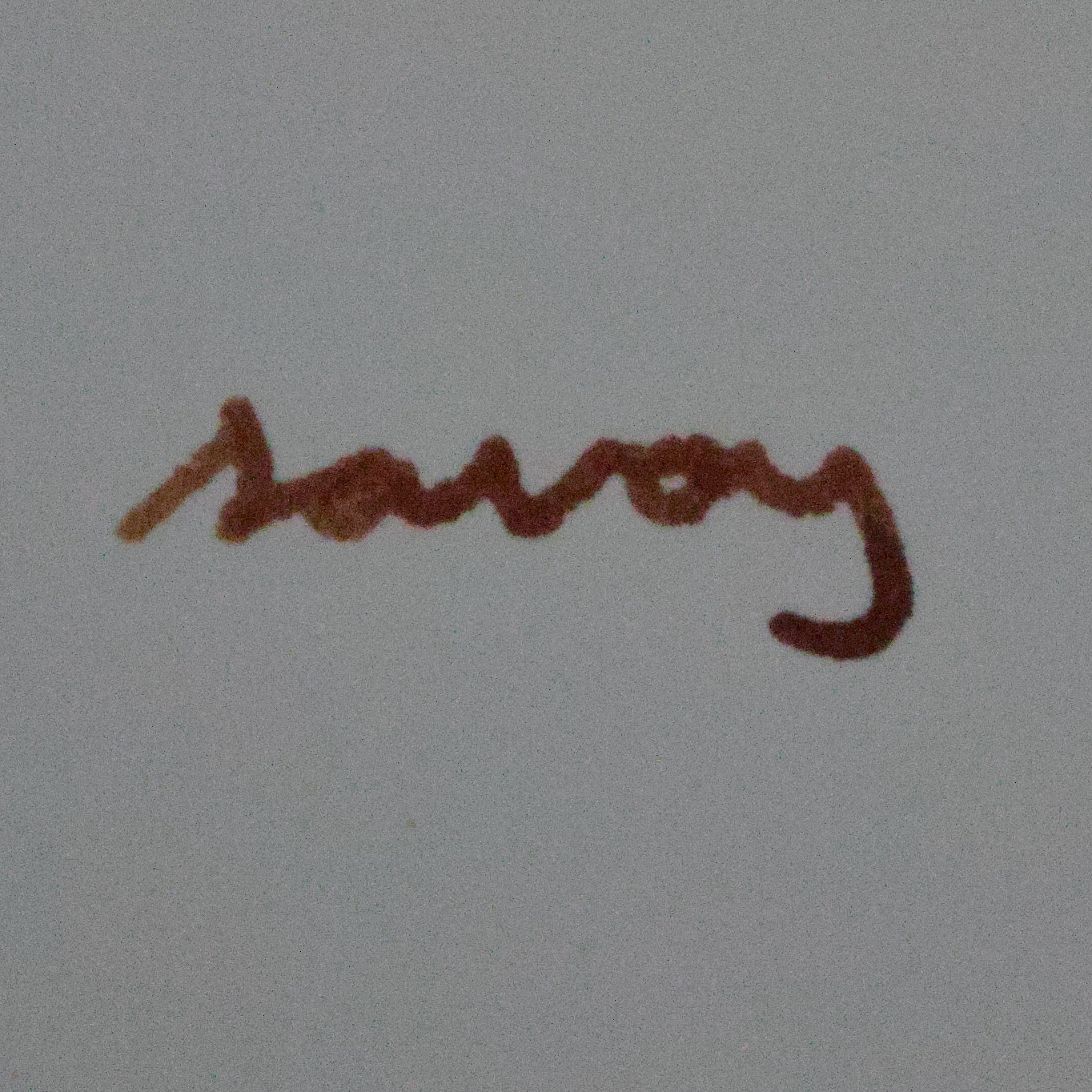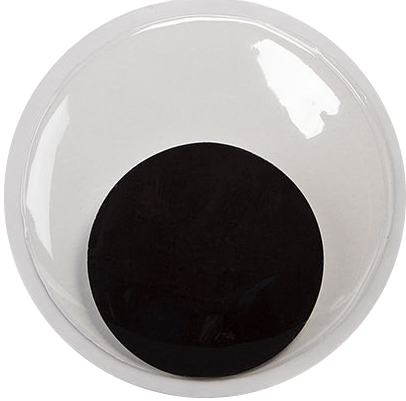I think that a Marxist society should allow for 0 proprietary software, and instead support for everything in free and open source decentralized technology.
“Workers of the world unite, you have nothing to lose but your proprietary software” - Karl Marx
It goes hand-in-hand with a post-revolution socialist society. Proprietary software is essentially private property, which would be eradicated in a worker’s state. It would most likely not be a first priority for the new state as there are more pressing matters - for the US for example, the dismantling of the military and the closing down of all international bases - but it would be inevitable with socialism.
I was trying to figure out how to say what you said so I’ll just piggy back. I agree that moving from proprietary to foss is definitely one aspect of the “withering away of the state”. Engels didn’t explicitly write about software for obvious reasons but yeah lol.
I think, and this is probably preaching to the choir, but one thing that we can keep doing is just supporting foss and try to get more people to use and contribute. Regardless of if the revolution were to happen tomorrow, we’ve definitely seen a big uptick in open source being used over the last 20-30 years.
I’ve seen people bring up that Lemmy/Mast/kbin are open source and my thoughts is always “as it should be”. We are living through what I think might be a software revolution as more people get fed up with data harvesting and proprietary services. Will this era last? Who knows but I hope it does.
Funny enough, Linux and foss were what actually started my radicalization to the left. Back when I was using Ubuntu 9.10 I just kept asking why this wasn’t this the norm? I mean Linux growing pains baggage aside that is.
This reminds me: it’s time to install Linux. But I don’t know where to start. I’ll open another thread and see if anyone can help.
I’d recommend Mint. I’ve been using that for a while, but recently switched to Debian. Debian 12 seems promising and can have proprietary firmware on it easier set up for new users now. Debian is what people prefer for stability.
Id recommend just finding an old laptop and putting something like mint on it if you are starting. Some people like Manjaro for the newish packages. Some people like Arch linux for the actually up to date packages.
If you really want to go security hipster, use Alpine linux
if you want to have lots of useful tools to make rich people’s lives interesting install Kali Linux
If everything seems to easy for you and you like a challenge, try Gentoo.
If you want to have all of the options available when you install it, use linux from scratch.
One of my friends swears by Nix OS, I think that has some interesting implications.
if you care more about security use some variant of BSD
If you really like rust use Redox OS.
If you want something open source but can run windows programs, use React OS.
Don’t install Kali, Redox, ReactOS or Linux from Scratch as a beginner. Kali is a pen-testing distro that runs everything as the root user by default. It should not be used for anything outside of testing network infrastructure and should not be installed on anything but a USB drive. Besides all the software that is on Kali is also available on any other Linux distro. Redox is still in its infancy and not very usable on real hardware due to a lack of drivers and support. Similar story with ReactOS, except it’s basically WINE but with a FOSS WinNT Kernel underneath. ReactOS can’t even run 64-Bit applications yet (although there is an effort to get that working). With ReactOS you still get all the baggage and questionable design decisions from Windows, since that’s what it’s trying to mimic. Lastly, Linux from Scratch is a means to make your own Linux distro from scratch. It’s not a framework, or a distro, or a set of tools but a piece of literature.
I wouldn’t recommend ReactOS for daily use unless it’s seen massive improvements in the last year or so
ReactOS
I’ve seen this OS mentioned before and I can’t help but think of some shitty OS written in javascript using react to render the desktop.
Sorry for mentioning React OS. I just think it is funny and amazing the divercity of work has been done in the open source community. Yes I know not all of them are stable and well tested. That is why i recommended Mint. The other stuff is harder to use or best used for edge cases.
I know nothing about ReactOS, I just can’t see the term “react” in a software related context without thinking of facebook’s javascript UI framework.
I wouldn’t run any BSD on a desktop (media hardware compatibility isn’t great), Kali should not be used as a primary OS (most people I know either dual-boot it or run it in a VM), and ReactOS is definitely not ready for everyday use (Linux+Wine has far better compatibility).
Manjaro has had a number of controversies too, which users ought to be aware of.
If you want something open source but can run windows programs, [use any Linux distro and wine]
When you talk about proprietary firmware, does that make Debian more stable with e.g. a better range of graphics cards, printers, mice, etc?
Security-wise, a standard set up that keeps out phishers, keyloggers, ‘hackers’, etc, out will do.
So with, rust/Redox, does that use a different language for the terminal than other distros?
Thanks for all the other info!
Edit: typo
So with, rust/Redox, does that use a different language for the terminal than other distros?
It means that the RedoxOS system is written in Rust (Kernel, Drivers, Userspace, etc.). Redox itself is still just a POSIX compatible UNIX-like System similar to Linux. Which means you can run things like Bash on Redox just like on Linux. But unlike Linux or BSD, both of which are Monolithic, Redox follows a Micro-kernel design. For the average user this doesn’t mean much really. But I wouldn’t use RedoxOS as it is right now since it’s still in its early stages of development. It runs on a limited set of hardware and is still pretty rough around the edges.
If you just want an OS to use for things like web browsing, programming or writing documents then any up-to-date Linux distro will be your best bet. They all use the same software, with some minor exceptions. The difference is in the design.
Thanks for explaining.
If you just want an OS to use for things like web browsing, programming or writing documents then any up-to-date Linux distro will be your best bet. They all use the same software, with some minor exceptions. The difference is in the design.
This is the kind of insider knowledge I was hoping for! Front-end design-wise, I’m probably happy with something that looks like an early OSX or Windows 95. Newer OS’s have become at once very simple and yet so complicated that no files or settings can be found.
On Linux you aren’t just limited to a specific set of utilities, or a specific UI or Desktop. You can mix and match software to varying degrees. A desktop environment like MATE or XFCE comes to mind for something that resembles a Windows 9x-XP era desktop. Cinnamon and KDE Plasma are similar to Windows Vista-7. GNOME is like current macOS. All of them vary in terms of customization and theming. Most distros have all of these (and more) available in their software repositories and some distros offer multiple ISOs with different software and desktops pre-bundled. For example the Debian installer lets you pick which Desktop(s) you want and then downloads and installs all the required packages. But Linux Mint has 3 different editions each with a different Desktop environment (MATE, XFCE, Cinnamon).
If you’d like to have something that looks identical to a Windows 9x setup, check out Chicago95. It’s a project that aims (and succeeds!) at making the XFCE4 desktop environment look as close to as possible to Win9x! I use it personally because that is my preference, and I have to say it looks amazing! Here’s screenshots!
Depending on your level of tech knowledge, my rec is Arch or Linux Mint. Linux Mint is practically good to go OOtB. Pop!_OS is another one that has gained popularity over the last few years. NixOS I think is the new distro that is getting a lot of buzz right now but I’m gonna wait to see where it goes and how it matures before looking at it. I’ve settled on Mint and have been using it for about 5 years as my daily driver now.
Segueing off your arch recommendation, RebornOS is a really good beginner friendly Arch based repo.
Way back when I was using it, I believe Manjaro and Antergos were the 2 biggies with GUI installers. I had heard that Antergos was stopped and just looked up RebornOS and damn it if it isn’t Antergos lol. That’s pretty cool.
I keep fence sitting on possibly switching to Arch-based full time because of the AUR or over to proper Debian. Might end up looking at Reborn in the near future. It wasn’t even on my radar.
When you say arch-based, is there like a tree of distros? Where a popular distro will then be redesigned by separate devs? Or are they different at a deeper level? I assume they’re all Unix-based at heart?
yes, the vast majority of distros are based on another distro (which may be based on another, and …)
Linux is not Unix-based in the sense that it’s a fork of Unix (the latter is proprietary), but it’s certainly based on Unix’s design, just like the various BSDs
The common bases of linux distros are:
Debian: known for stability but not fully up to date, uses apt-get as a package manager.
Ubuntu: Based on debian, but more up to date, and supports more proprietary hardware and software (not that debian can’t do what ubuntu does with a little tweaking).
Arch: Bleeding edge up to date, can theoretically be unstable. uses pacman as a package manager.
After the base some people differentiate from the base os by changing the default programs installed (often this is including or excluding proprietary software), desktop environment (gnome, KDE, cinnamon, xfce), have different programs in the repository, or have a different installation experience.
Is there a strong reason why someone would move away from a ‘beginner-friendly’ distro? Is it mainly wanderlust?
I’m in debian because it uses less ram.
I’ve played with alpine linux for the wonderlust of seeing if I can work with all of the alternative smaller code bases for the theoretical stability it provides.
Why use bash when you can use ash?
Why use the unauthorized escalation bugs of sudo, when you can use doas?
Why use all of the gnu tools of stallman when you can use the smaller version of those tools with busybox?
Why use the garganuan sprawling systemd when openrc has a much smaller codebase and fewer vulnerabilities?
I have to say I’m a fan of light (lite?) software.
I can’t tell you how pissed off I was when browsers switched to infinite ram. One day they were capped at using ~4gb ram and the next, I need a new machine.
In general, I just prefer the idea of only using enough resources to do what I need a program to do. Options are great, but e.g. with a word processor all I need is stability, footnotes, a few tags, grammar/spell check, and track changes. A few other features are nice to have but almost all the rest is unnecessary bloat and bugs, for me.
I’m hearing lots of support for mint. Does it get updated still? I remember looking into one distro and then learned that it was no longer being maintained – one of the reasons why I didn’t look back into it till now.
My tech knowledge is fair, I’d say. I’m not too scared of breaking things, using terminal commands, or looking through the settings. It’s just that I’ve not needed to do much for a long time other than open word and a browser.
Mint is very much still being maintanied. And it’s a great distro, especially for beginners. You get the benefits of Debian (one of the oldest still maintained, very used, many programs are packaged for it), Ubuntu (one of the most used on the desktop/laptop, large company behind it, most (proprietary) software is written with it in mind), with great tools out of the box for a lot of stuff that makes it more beginner friendly and actually somewhat better on the desktop.
Ah, so some distros, like Ubuntu, are big enough that software companies, like Adobe but not necessarily Adobe, make compatible software? Any chance this includes Word, or is LibreOffice the go to word processor for Linux?
I think Mint has LibreOffice included already.
If not, you have the Software Center app on Ubuntu and Mint. It’s like the Windows Microsoft Store: a GUI to browse for installable software.
3rd option is to install it from the command line
No, it’s just than when/if some company makes software for “Linux”, some of the time Ubuntu is actually the only one they support.
Last I checked, still no Word (except in the browser), so LibreOffice is still the go to.
NixOS is really great, I would say that something like it is probably a future of Linux. But I would not recommend it to someone who isn’t already familiar with Linux, it is not beginner-friendly.
We are living through what I think might be a software revolution as more people get fed up with data harvesting and proprietary services
I think the issue is that a lot of people, especially younger kids and older boomers, are not so much “choosing” a social media app as getting addicted to it. No one would “choose” an app like tik-tok just based on how much they enjoy it or how it affects their lives. They get addicted to it because it is an app designed to be addictive.
Because there is no profit motive, open-source, decentralized apps tend to be designed for ethics rather than addiction. But I fear that because these apps are not designed to be addictive, they cannot truly compete with corporate social media for the mass audience.
As nice as it feels to fight back, I don’t feel as if anything can compete with the profit motive in a Capitalist system.
The intellectual property industrial complex in the US is pretty darned severe, which is why we have really draconian maximalist IP laws that lock out any small content creators from becoming large content creators without a challenge or buyout from a large holder like Disney, Warner Brothers or Sony.
It’s not that we’re worried that they have guns, but they certainly have money with which to hire guns, and routinely do.
Of course. Without private property there is no longer any possibility of proprietary software existing, nor any benefit. We wouldn’t necessarily need licenses anymore, but something like the current copyleft model comes close.
Thank you for all the up votes and comments folks. Btw, I use Gentoo :D
I use Gentoo too. But I’m soon installing nix and guide in another machine soon.
But I think, RMS himself is anti communist
0 propertiary software is possible when you do programming, IT etc. but not for a mechanical engineer, who needs AutoCAD, Inventor, Catia, Abaqus, etc. I know that there are FOSS alternatives, but they are far less developed, since producing such a software requires hundreds of people and many many hours of work. Such a software could be made by large state owned enterprises, which would make the code public, but rather not by few hobbyst in their spare time.
As a FOSS fem developer, I disagree with this. Extremely complex tools like Aster, openfoam, calculix, and even now openradioss all exist under open source licenses.
All of these tools are built on state funded research that belonged to the people already, but has been enclosed by capital.
Look at nastran and dyna as the examples of this.
For CAD, Freecad exists and is quite good.
If these volunteer developers had even one hundredth the capital that firms who purchase enterprise CAE tools spend, I bet they would be better than even the things that money currently buys. Look at prepomax, developed by one man to support calculix and its easier to learn how to use than ansys workbench.
Blender is the exception that proves the rule.













